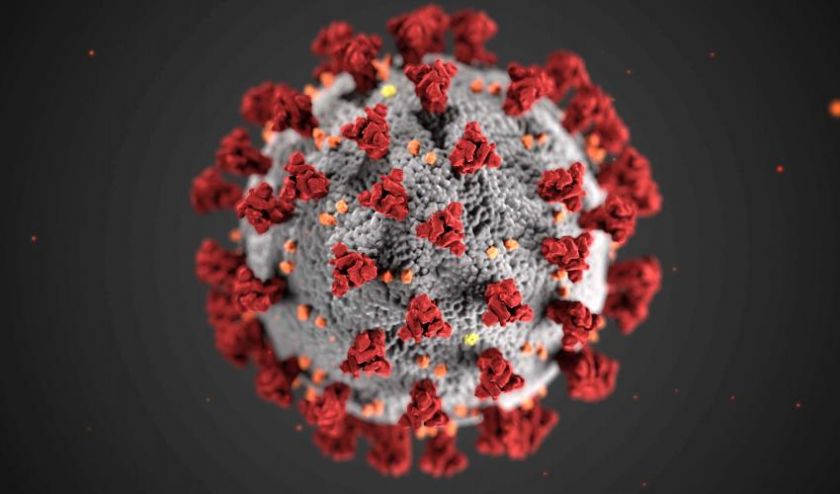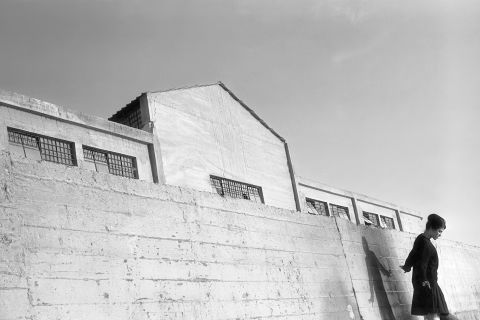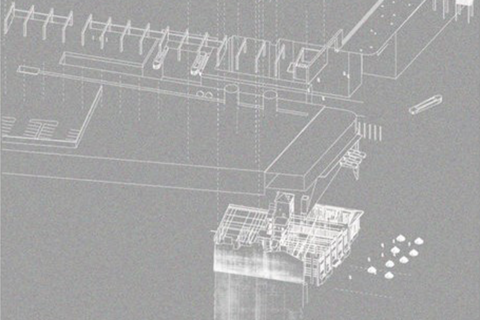Bezalel News
חדשות בצלאל
أخبار بتسلئيل
What Does the Corona Virus Look Like?
Billions of people throughout the world imagined the Corona virus the same way: round, grey with red unfriendly spikes. This illustration that became the official logo of the pandemic, was created by two illustrators from the Center of Disease Control and Prevention in the USA, Alisa Eckart and Dan Higgins.
In 2020 Eckart and Higgins, were assigned to create a visual representation of Covid-19, and were asked to do it so that it would encourage a worldwide public understanding of the danger of this specific virus, so that people would take the isolation orders seriously. Eckart and Higgins based their computerized illustration on the actual shape of the Corona virus under a microscope, but changed it so it will fit the demands and goals of the Center of Disease Control and Prevention.
Eckart told the New York Times, that they created a fatty ball with a grey texture, to make it look real so that people get the feeling that they can actually touch it (or it can touch them). In order to convey the message of the virus's danger, they created a unique shape to Protein-S that covers the Covid 19 virus just like any other virus. The spikes or the Protein-S, that allows the virus to penetrate human cells, were presented in a scarey way, with rough spikes colored in red to symbolize blood, danger or terror, and the spikes were designed with an ominous shadow. The cover or Protein-E that assists Covid 19 to get into the human cell and the membrane of Protein-M, that grants the virus its shape, are presented in a smaller form colored in yellow and orange.
In fact, there is more Protein-M on the real Corona virus than any other thing, but Eckart and Higgins took this smart design decision in order to present Protein-S as being larger and more plentiful. In so doing they emphasized the fact that Covid 19 is twenty times more contagious than Sars. The infectious characteristics of the virus are presented in an enlarged manner to make it appear more threatening.
The illustration of the Corona virus, is not the only case in which illustrators interpret what we can't see, so that we can comprehend or use a product. Every interface of software, an application or road signs, are a product of a designer who interprets the coded lines or the rules of the roads into illustrations that will be useful in daily life. That is why designers, together with their other roles, are interpreters of rules and social values into a visual dimension, and they have the capacity to present them in various forms (often in a manipulative manner) to convey different messages to the public and interweave them with social and political agendas. These visual icons stimulate people both physically and emotionally.
An interesting example of the developing uses of illustrations in the world is, the Chenai Police in Southern India that dressed the policemen with helmets in the shape of a Corona virus in order to enforce the rules of the lockdown. The policemen reported that these helmets, because of their visual appearance, when worn in public, were more effective than any other means of warning.
Prof. Ory Bartal
Lecturer at the Department Visual and Material Culture







